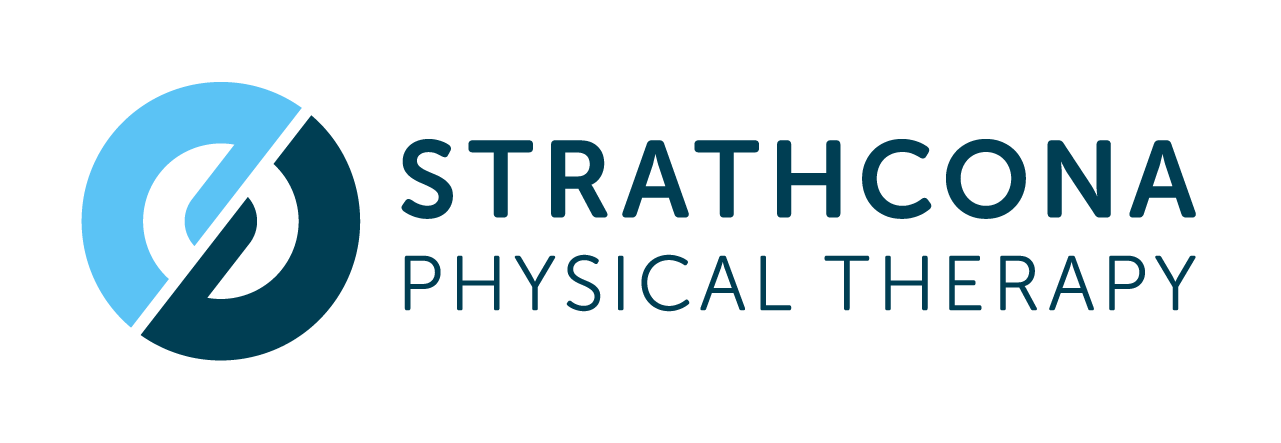Evidence-Based Physiotherapy for Disc Herniation: A Comprehensive Guide
Introduction
Disc herniation, commonly referred to as a "slipped disc" or "ruptured disc," is a frequent cause of back and neck pain, affecting a significant number of adults worldwide. The condition occurs when the gel-like nucleus of an intervertebral disc leaks out, often compressing nearby nerves and causing pain, numbness, and weakness. While surgical intervention remains an option for severe cases, physiotherapy has increasingly become the go-to treatment for many patients and clinicians alike. This blog post aims to explore the evidence-based physiotherapeutic approaches that have been proven effective for treating disc herniation.
Proven Therapeutic Approaches
Lumbar Stabilization Exercises
Lumbar stabilization exercises focus on strengthening the muscles surrounding the lumbar spine, providing better support and minimizing the impact on the affected disc. Research has shown that a regimen that includes lumbar stabilization can lead to decreased pain and improved function for patients with disc herniation.
McKenzie Method
Developed by New Zealand physiotherapist Robin McKenzie, this method of spinal therapy has been found to be effective in treating disc herniation in numerous studies. The McKenzie Method involves a series of spinal movements designed to centralize pain and reduce disc protrusion. By pushing the disc material away from the nerve root, the technique aims to alleviate symptoms.
Manual Therapy
Manual therapy, which includes techniques like spinal manipulation and mobilization, has shown promise in reducing pain and improving function in some disc herniation patients. However, it's essential to note that manual therapy may not be suitable for all types of disc herniation. Clinicians often perform a thorough assessment before determining the appropriateness of manual therapy for each patient.
Neural Mobilization
Also known as "nerve gliding," neural mobilization techniques aim to improve the mobility and function of the affected nerves. By promoting better nerve movement, these exercises can potentially reduce pain and other symptoms associated with disc herniation.
Pain Management Strategies
Heat and Ice Therapy
Applying heat and ice at different intervals can help manage inflammation and pain. While not a cure, this symptomatic relief can be crucial for patients dealing with acute symptoms.
Electrotherapy
Electrotherapy techniques like transcutaneous electrical nerve stimulation (TENS) have been shown to provide short-term relief from pain for some patients. However, electrotherapy is often used in conjunction with other therapies for a more comprehensive approach to treatment.
Considerations and Precautions
It's important to consult a qualified healthcare provider for a precise diagnosis and tailored treatment plan. Additionally, while the evidence supports the effectiveness of physiotherapy for treating disc herniation, results can vary from patient to patient, making ongoing assessment crucial for optimal outcomes.
Conclusion
Disc herniation can be a painful and debilitating condition, but evidence-based physiotherapy offers a variety of therapeutic approaches that can alleviate symptoms and improve quality of life. From lumbar stabilization exercises to manual therapy, there is a growing body of research supporting the use of physiotherapy as a non-invasive and effective treatment option.
References
Fritz, J. M., Magel, J. S., McFadden, M., Asche, C., Thackeray, A., Meier, W., & Brennan, G. (2015). Early Physical Therapy vs Usual Care in Patients With Recent-Onset Low Back Pain. JAMA, 314(14), 1459–1467.
Long, A., Donelson, R., & Fung, T. (2004). Does it matter which exercise? A randomized control trial of exercise for low back pain. Spine, 29(23), 2593-2602.
Childs, J. D., Fritz, J. M., Flynn, T. W., Irrgang, J. J., Johnson, K. K., Majkowski, G. R., & Delitto, A. (2004). A Clinical Prediction Rule To Identify Patients with Low Back Pain Most Likely To Benefit from Spinal Manipulation: A Validation Study. Annals of Internal Medicine, 141(12), 920–928.
